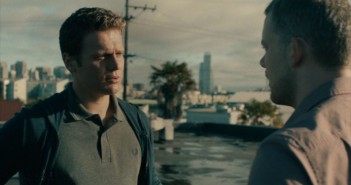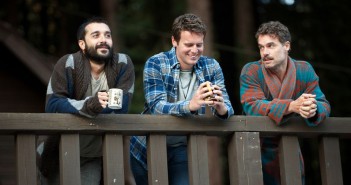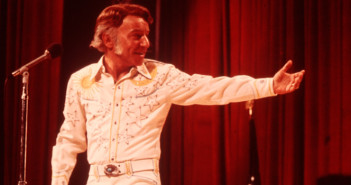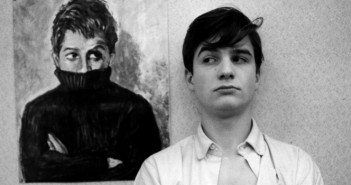
Looking, “Looking for Glory” (2.8) - TV Review
“Looking for Glory” is an examination of the personas we create for ourselves, both to our detriment and benefit.

“Looking for Glory” is an examination of the personas we create for ourselves, both to our detriment and benefit.

Due to the hectic nature of Oscar season, I took a partial break from my weekly reviews of Looking. This double review will try to condense everything that occurred over the last two episodes, each of which is rife with dramatic character arcs and personal tension.

In Andrew Haigh’s Weekend, Glen (Chris New) works on an art project that has him interviewing his hook-ups.

3 bears, 3 wise men, 3 blind mice, Three Women, ménage-à-trois. The number three has a strong resonance, not only as a harmonious unity, but as a threat to romantic relationships.

“Transitory” is the best adjective to describe last night’s episode of Looking, entitled “Looking Top to Bottom.” It is about the transitions – in gendered norms, sexual preferences, careers, actions, and mindsets – that dominate, and in some ways threaten, the stability of our personal and romantic relationships.

With films like Videodrome and The Fly, David Cronenberg revealed that film and TV is not only visual and auditory, but bodily as well. These mediums have a skin, whose irritation and infection can yield visceral reactions from legions of viewers.

Some TV series like to pause from the weekly stress and drama of its central storylines by allowing its characters to venture outside of the confines of familiar settings. The premiere of the second season of Looking, titled “Looking for the Promised Land,” pauses from its San Francisco backdrop to explore a more natural setting.

Following a string of career-defining films, such as M.A.S.H. (1970), McCabe and Mrs. Miller (1971), and The Long Goodbye (1973), Altman set his sights on the country music capital of the world. Nashville is just as iconic, if not more so, as any other Altman film because it accomplishes so much with such grace and finesse. It is an …

The Wizard of Oz has a sobering moment for its characters: Dorothy and her friends pull back a curtain to reveal that the ominous Oz is nothing more than a man running a machine. It is a moment that shatters their image of this deified being and turns him into a common person. While watching Only Lovers Left Alive (my first Jim …

In 1959, François Truffaut introduced the world to the rebellious Antoine Doinel (played by Jean-Pierre Léaud). The child not only helped garner Truffaut the Best Director award (for The 400 Blows) at Cannes, but he also introduced international audiences to the Nouvelle Vague (the French New Wave)…